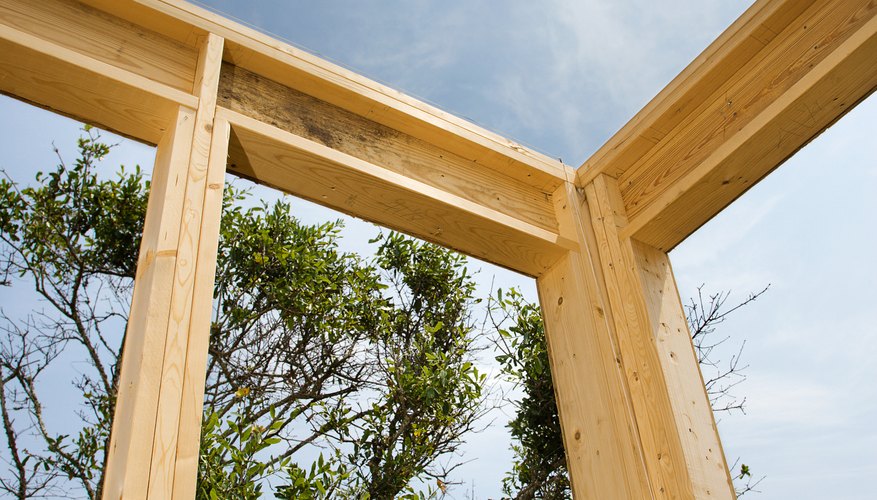There are many advantages and disadvantages of various wood joints. These joints are used in carpentry when timber ends must meet, including end to end and at 90 degree angles. Nonetheless, each of these wood joints provide structural integrity for the wood connection, as well as continuity for the timber installation.
Butt joint
The butt joint is the simplest joint available to the carpenter. By placing the ends of two sticks of lumber together, either in a straight line or at a 90 degree angle, you may extend lumber or create a box or frame. The butt joint is easy to use and quick to make. However, it does not provide much structural strength, nor is it aesthetically pleasing.
- The butt joint is the simplest joint available to the carpenter.
Lap Joint
The lap or ships lap is a joint that has been used for centuries to extend lumber for longer runs. Essentially, two boards overlap at the ends by 10 cm (4 inches). However, removal of 2.5 cm (1 inch) of material from the side of each stick of timber will allow each board to overlap without creating a noticeable joint. Measure 10 cm (4 inches) from the end of each board and 2.5 cm (1 inch) from one side of each board within the 10 cm (4 inch) area, and mark the material that must be removed from the end of the lumber to create a lap joint. Using a handsaw and chisel, remove the voided wood.
- The lap or ships lap is a joint that has been used for centuries to extend lumber for longer runs.
- However, removal of 2.5 cm (1 inch) of material from the side of each stick of timber will allow each board to overlap without creating a noticeable joint.
Mortise and tenon
The mortise and tenon joint is commonly used when post and beams meet at 90 degree angles. This joint is created when a pocket is created in one section of the timber into which a tenon, which is carved into the end of another section of timber, rests. The mortise and tenon joint requires a high amount of skill. However, some of these joints have lasted for over 200 years without fail.
- The mortise and tenon joint is commonly used when post and beams meet at 90 degree angles.
Mitre joint
The mitre joint is similar to the butt joint where two timber ends butt together and are attached. However, the ends of the timber on a mitre joint are cut at 45 degree angles in order to create a square. The mitre joint offers no added strength. However, it is one of the most aesthetically pleasing joints available.
- The mitre joint is similar to the butt joint where two timber ends butt together and are attached.
- However, the ends of the timber on a mitre joint are cut at 45 degree angles in order to create a square.
